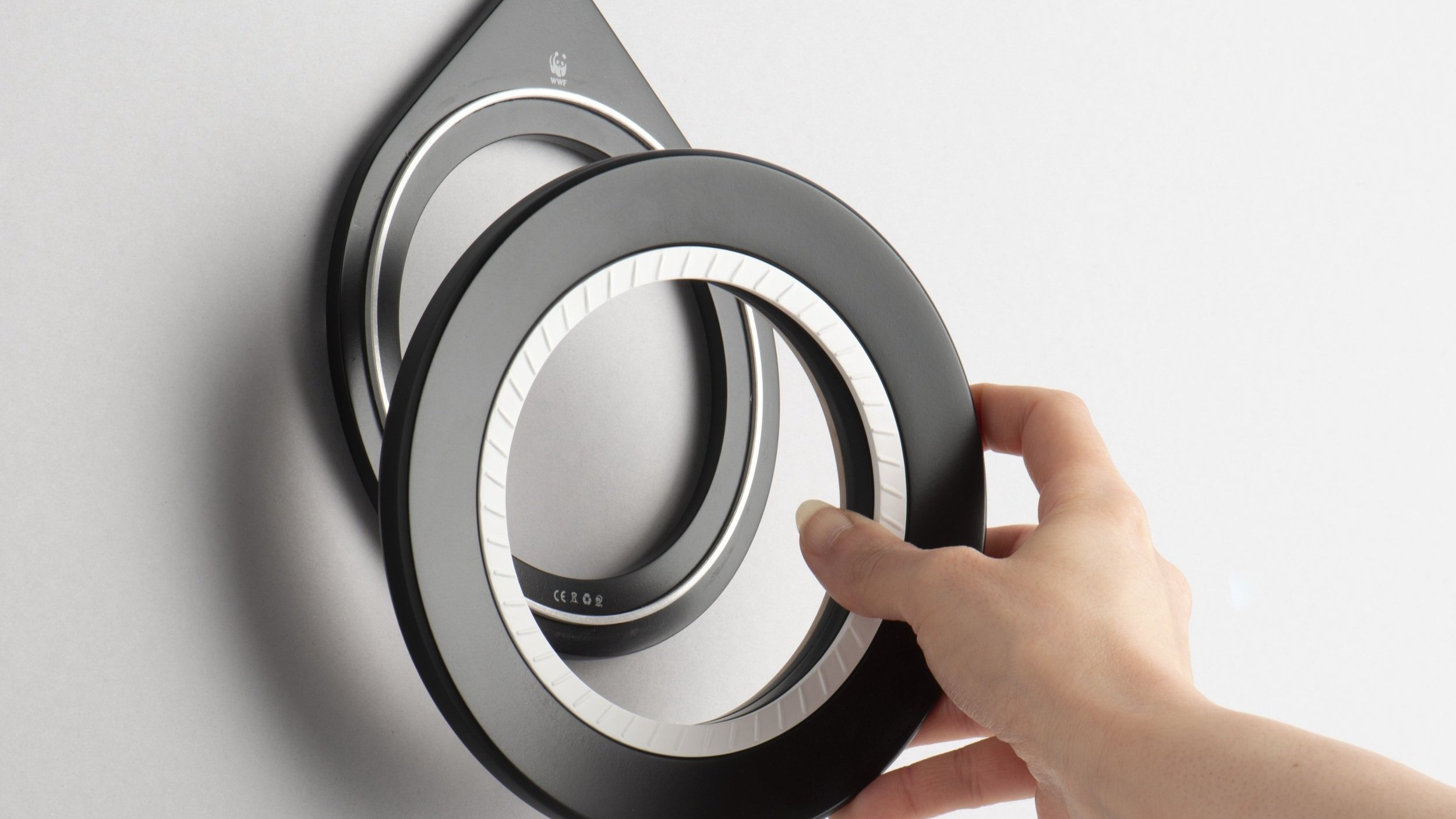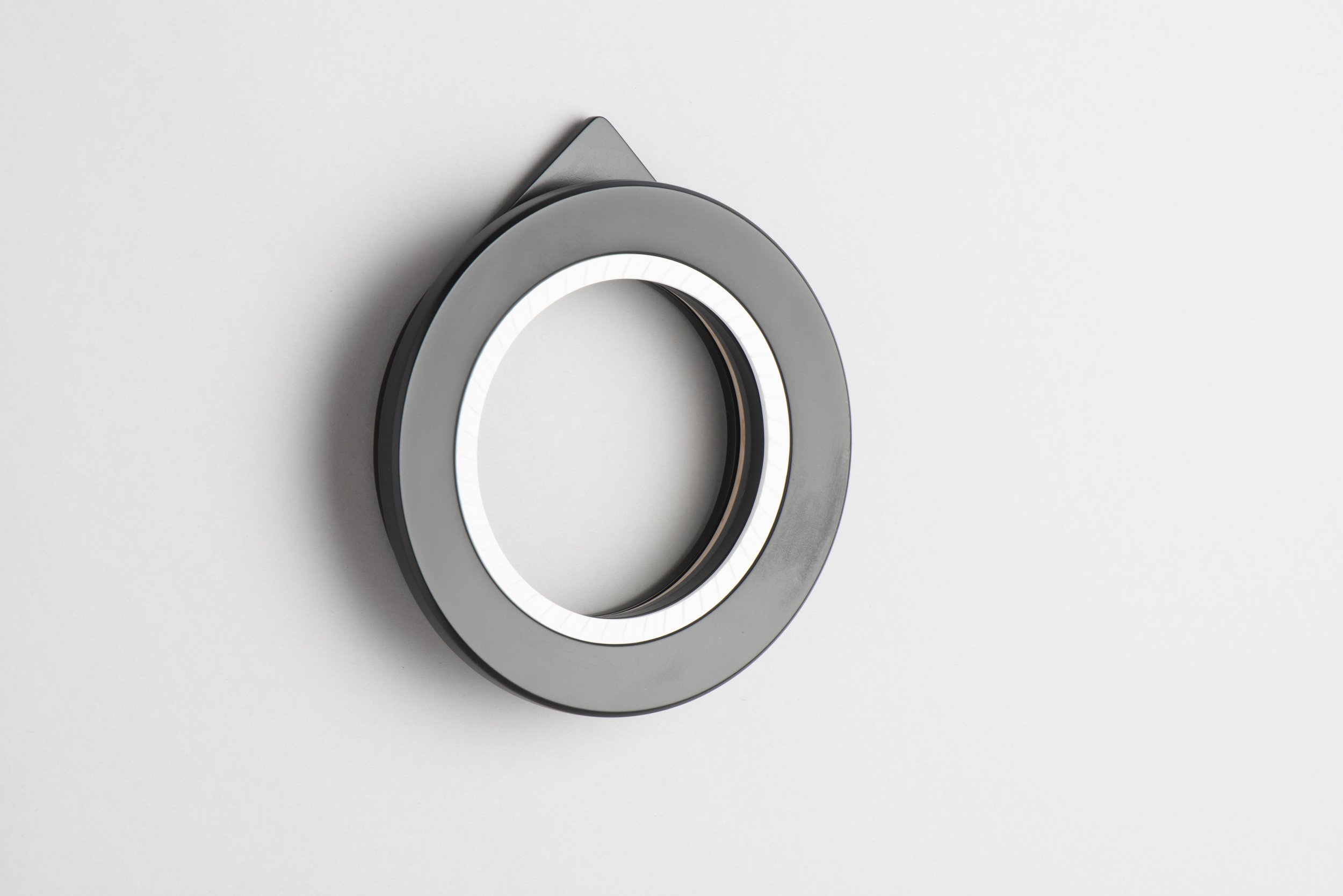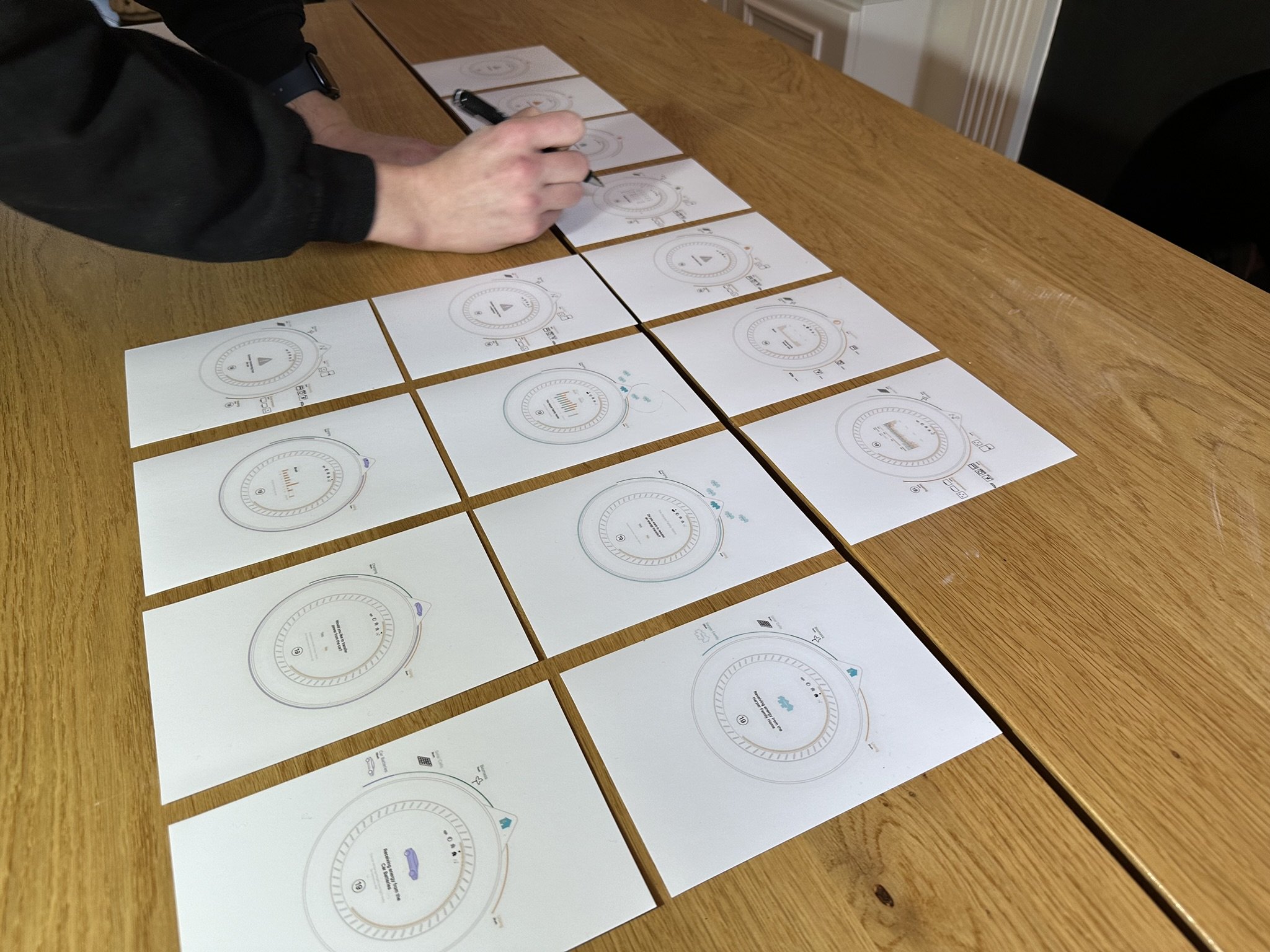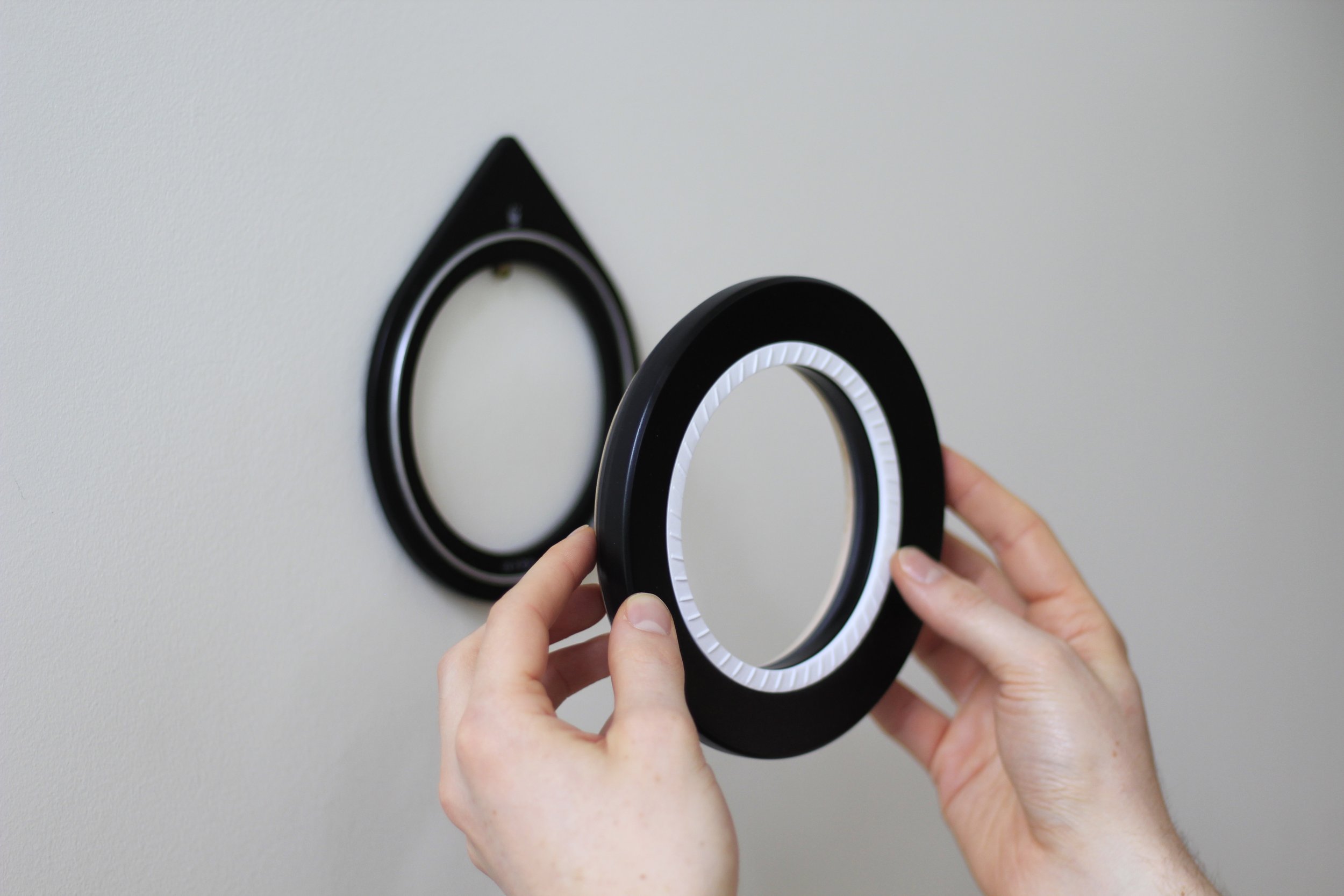
SHIFT
Off-Grid energy management for the future of housing communities.
SHIFT proposes an interface for residents of off-grid homes to manage their electricity generation and usage to offer piece of mind and share with their community.
Off-Grid Electricity

Contextual Design
This design innovation and brand repositioning project began with research into potential global issues over the next 15 years. We focused on the growing housing crisis in the UK and identified a general lack of confidence and skills for transitioning to off-grid living. We then identified sub-issues within off-grid living and each designed one of five projects to align with the brand repositioning and anticipated market needs.
Future Trend
The rise of off-grid living: There is a global housing crisis, people are looking for alternative methods of living
WWF is at the forefront of protecting species: How can WWF better enable people to transition into and sustain an off-grid way of living as a solution to the growing housing crisis?
Brand Repositioning
Managing a limited energy supply: Enabling the free-flow of electricity within an off-grid community, using micro-grid technology and wireless energy transfer, where sharing currently isn’t possible.
Design Innovation
Visual Direction
A series of products inspired by the communities they help:
Design a product as part of a series of five. Bold black and white contrasting colours symbolises the work of WWF. Wood sourced from off-grid communities ties the product to its home.
Discover
We conducted extensive research to understand the transition to off-grid living. While organizations are working to create affordable, self-sufficient communities with net zero carbon emissions, many people lack the confidence and skills to make the switch.
We visited various off-grid and partially self-sufficient community sites, and performed ethnographic workshops and user interviews to analyse both global micro and macro trends.
Through this research, we identified five key issues faced by those transitioning to off-grid living, including the challenge of managing a limited energy supply. Future off-grid communities are expected to leverage micro-grid technology to help residents better manage resources and prevent energy shortages.
Create
How can WWF enable the smart distribution of energy within a persons home, based on their routine and lifestyle, to avoid energy shortages?
Early idea generation sessions lead to the idea of a device that would allow users to manage and optimise their houses energy usage and give them the option to ‘borrow’ energy, from neighbours or external power sources such as an electric vehicle, in times of high demand. An initial idea is to package the highlighted user experience within an interactive projecting unit that could project onto any surface in the household.
Fast sketch modelling was used extensively to develop the form and design language of Shift. With each stage of prototyping the user interaction with the product was enhanced. This method aided in breaking down the complexity of the different user interactions.
Refine
Digital sketching, CAD modelling and physical prototyping played a heavy role in the presentation of SHIFT throughout the design process.
The capabilities of the product developed numerous times over the course of the project. It was also a challenge to effectively communicate the complex user interaction with the product.
Interaction
The products digital interaction development.
Shift’s interface features a touch-sensitive 360° projected display and a rotating display mode ring. While Shift typically mounts on the wall, it can be removed and projected onto any surface for enhanced interaction.
SHIFT provides residents with detailed information on electricity storage and usage. When levels are low, users can request to borrow electricity from neighbours to balance generation and consumption. Shift can also facilitate transfers from an electric vehicle to their home, recharging the vehicle overnight using surplus electricity.
Deliver
A looks like model was developed to display the product form and interaction.
WWF Family
Shift was part of a family of 5 products all geared towards supporting off-grid living, imagined as part of a WWF range of products.


















